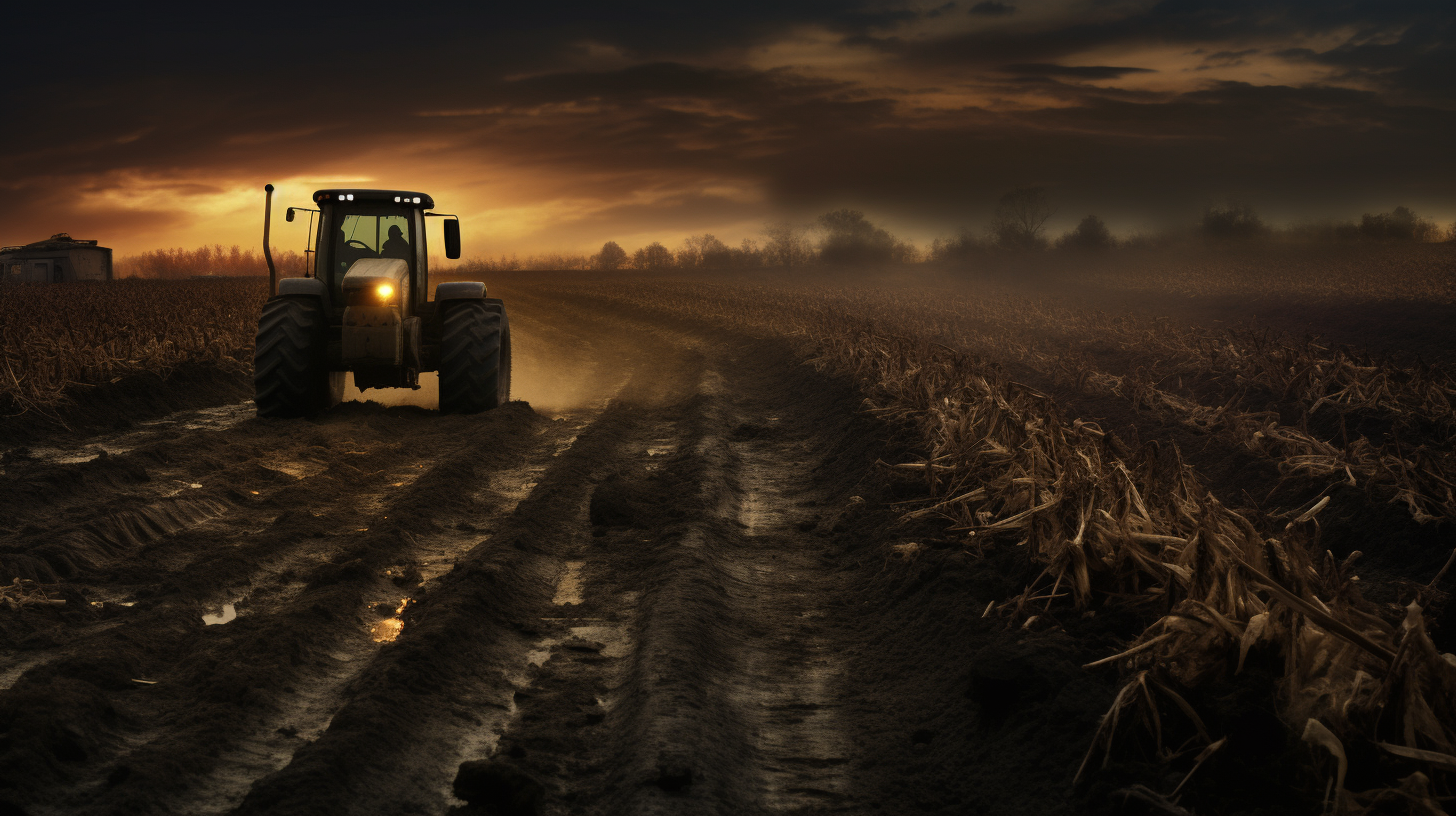In the haunting shadow of an environmental catastrophe, our global farmlands now teeter precariously on the brink of utter collapse. This is not the agrarian idyll of yesteryears, but a carcass of bounty, picked clean by the ravenous birds of climate change, pollution, and ecological mismanagement. In this latest installment, we delve into the dire state of modern agriculture and its scuffle for survival amid a world that has turned inhospitable.
The scourge of superweeds, first explored in ‘Terra Surge – The Sprouting Dominance of Superweeds,’ continues to besiege our fields. These botanical behemoths choke out life, thriving in an environment unrecognizable to the heirloom seed. It’s a perverse irony that the only greenery flourishing is the kind that throttles the rest. And yet, if the earth beneath our feet rebels, so too do the rivers above – their plight so eloquently etched into the public conscience by ‘The Descent of Rivers: Documenting the Last Free-Flowing Waters.’
As waters either evaporate into the maw of overzealous suns, or transmute into toxic streams laced with humanity’s chemical excesses, the lifeblood of agriculture runs dry. Where there is no water, there can be no life. The few rivers that do remain untainted are as rare as they are overburdened, forced to quench the thirst of a land parched not only by drought but by insatiable human greed.
But what of the sapient element, the human hands and hearts that toll within these grim earthy theaters? Farmers, the venerable stewards of the land, now watch over fields blighted with sterility. Interview with one such caretaker, who wishes to remain nameless, bears witness to this descent: ‘We are sowing seeds on Mars; there’s no fertility here, just red dust and the ghosts of harvests past.’
And indeed, the technology that was once hailed as the savior of modern agriculture – pesticides, herbicides, and genetic modification – has become a double-edged sword. In our quest for control over nature, we have sown the seeds of our own agricultural Armageddon. The pests and blights we sought to extinguish have adapted with a vengeance, leaving us holding a playbook outdated by the very evolution we accelerated.
Engineered resilience in some crops, against all odds, holds a faint glimmer of hope. However, reliance on such miracles is folly. A balanced, diversified approach to agriculture — once common wisdom among our ancestors — looks increasingly like a relic from a forgotten age. As ecosystems continue to buckle under the strain of monocultures, we find an admonitory tale in the folly of dependence on a singular solution for our complex, multifaceted dilemmas.
So we stand, with back hunched and brow furrowed, amidst the vast expanse of our own ruin. The somber truth remains that our bountiful Cornucopia is overturned, spilling out not prosperity but the dust of despair. As we ponder the plight of an industry foundational to humanity’s very sustenance, one cannot help but wonder if the seeds of restoration might take root in such barren soil, or if they too shall perish, leaving behind a legacy of barren fields and a civilization starved not just for food, but for the wisdom to have seen the end from the beginning.
Will our tale end here, inscribed upon the withered husks of a once fertile domain? Or shall we seek out the embryo of renewal within the husk, however unlikely it may seem? This question remains unanswered, a riddle written in the parchment of decimated croplands, its ink the very essence of evaporated hope.
And yet, as this story draws to a close, it reflects not the end but a continuum; these issues are cyclical, spiraling towards an outcome that rests in the hands of those still brave enough to grasp it. Our journey through this Apocalypse Harvest is one of stark imagery and grim forewarnings – a testament to the fruits of neglect and the price so dearly paid.
